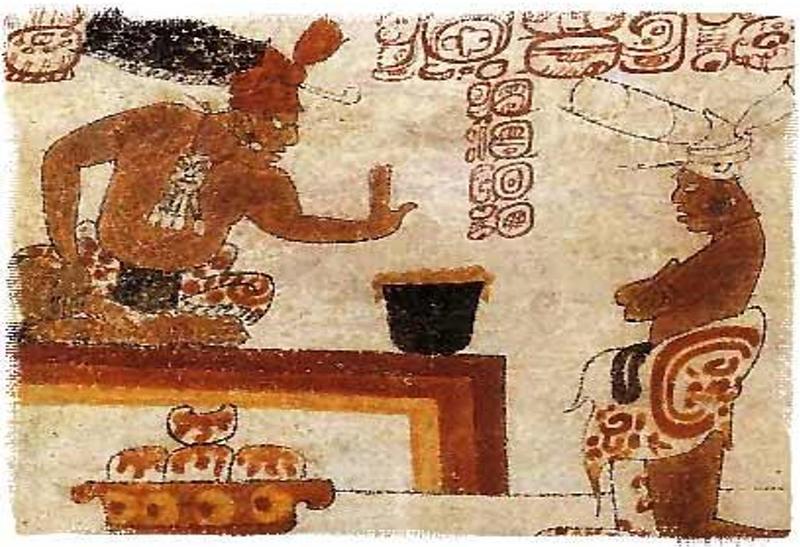Here's a very brief history of chocolate:
-
Ancient Origins: The story of chocolate begins in Mesoamerica, where the ancient Mayans and Aztecs cultivated cacao trees as early as 1900 BCE. They believed that cacao had divine properties and used it in rituals and as a currency.
-
The Beverage of the Gods: The Mayans and Aztecs prepared a bitter beverage called "xocoatl" or "chocolatl" from roasted cacao beans. They flavored it with spices like chili, vanilla, and honey. This drink was reserved for the elite and played a significant role in their culture.
-
Arrival in Europe: Christopher Columbus encountered cacao beans during his fourth voyage to the Americas in 1502 but did not understand their value. However, it was the Spanish conquistador Hernán Cortés who, in 1519, encountered the Aztecs and witnessed the consumption of xocoatl. He brought cacao beans back to Spain, where the drink gained popularity among the Spanish nobility.
-
Sweetened Delight: Initially, chocolate was consumed as a bitter beverage, but in the 16th century, Spanish explorers began adding cane sugar to make it sweeter. This led to the creation of a more palatable and popular drink.
-
Chocolate Spreads Across Europe: By the 17th century, chocolate had spread across Europe, with countries like France, Italy, and England embracing its consumption. It became fashionable among the upper classes, and dedicated chocolate houses began to emerge.
-
Industrial Revolution and the Birth of Chocolate Bars: In the 18th century, advancements in technology, including the invention of steam-powered machinery, enabled the mass production of chocolate. In 1828, Dutch chemist Conrad Van Houten developed a hydraulic press to extract cocoa butter, resulting in the creation of cocoa powder. This innovation made chocolate more accessible and led to the production of solid chocolate bars.
-
Milk Chocolate and Confectionary Boom: In 1875, Swiss chocolatier Daniel Peter created the first successful milk chocolate by combining condensed milk with chocolate. Shortly after, in 1879, Rodolphe Lindt invented the conching process, which made chocolate smoother and more velvety. These developments revolutionized the chocolate industry and contributed to its widespread popularity.
-
Chocolate as a Global Industry: The 20th century saw the rise of iconic chocolate brands like Hershey's and Cadbury, who introduced various products and marketing campaigns. Chocolate became an integral part of popular culture, associated with pleasure and indulgence.
-
Craft Chocolate Renaissance: In recent years, there has been a resurgence of interest in craft chocolate. Artisan chocolate makers focus on quality ingredients, ethical sourcing, and unique flavor profiles. They prioritize the bean-to-bar process, highlighting the distinct characteristics of different cacao origins.
Today, chocolate remains one of the world's most beloved treats, enjoyed in various forms, from bars and truffles to hot cocoa and desserts. Its rich history spans centuries, continents, and cultures, captivating the taste buds and hearts of people worldwide.

